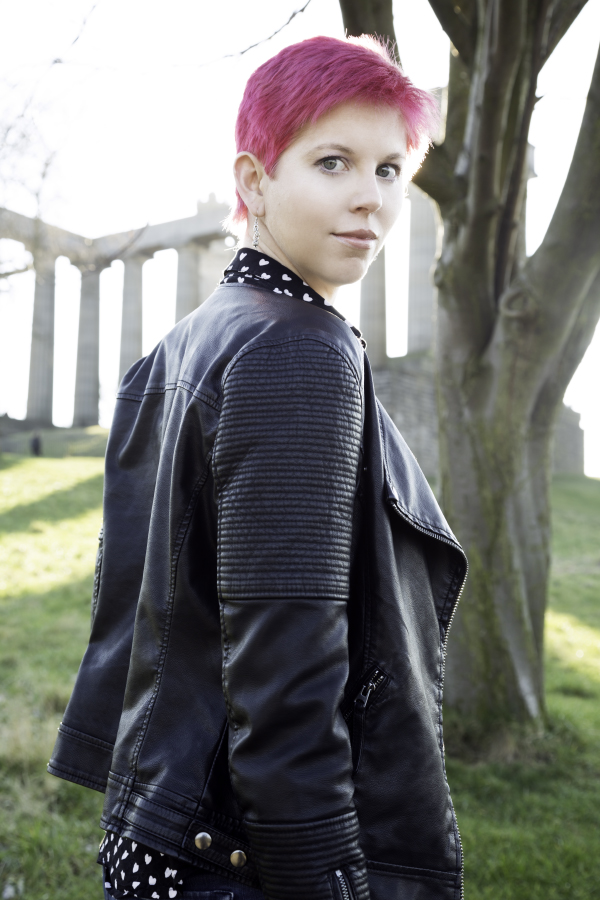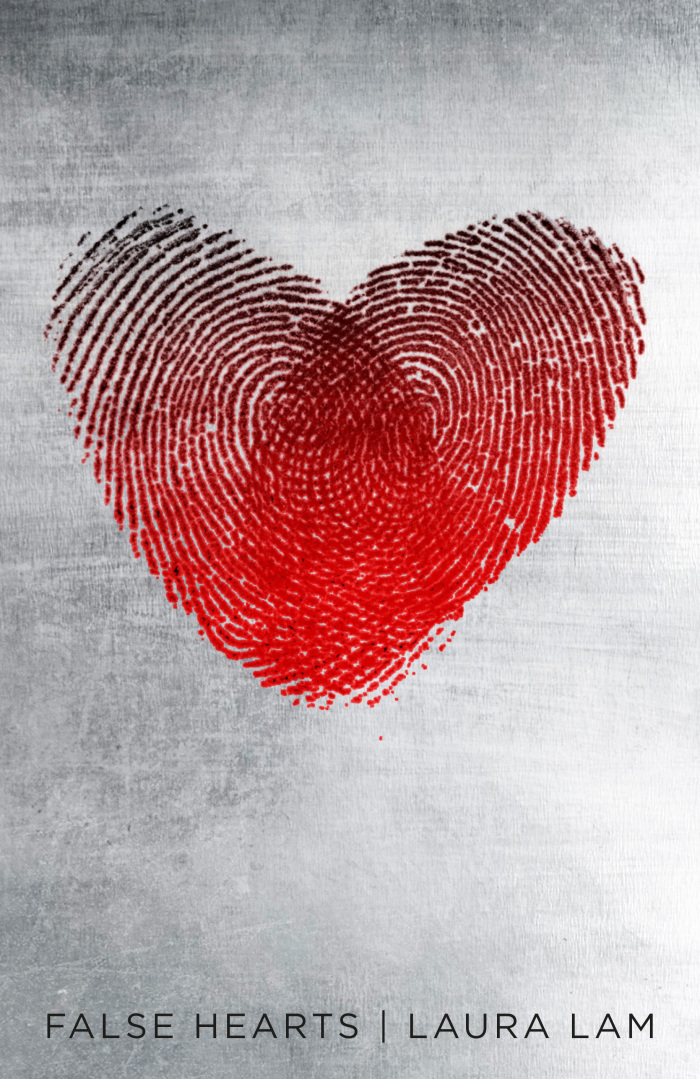In this article, author Laura Lam delves into the importance of accurately representing marginalised voices in fiction, and discusses the evolution of LGBTQ literature in an ever-changing landscape.

The world is not made up entirely of straight, white people. Yet take a look at the last ten books you read. How many of them star straight white men or women? Or the last ten huge blockbusters? Films like Star Wars: The Force Awakens, Ghostbusters, and Max Max: Fury Road are some recent exceptions, and all of them have received pushback from neo-conservatives and ‘men's’ rights activists.’ It’s a pushback against reflecting the real world. It’ll pass. I'm far more interested in all the consumers who are excited to see themselves in media.
The future, like the present, will be full of glorious colour. Full of people of colour, of disabled people, of various sexualities and gender expressions. I grew up just outside of San Francisco. I saw that rainbow day to day. Then I moved to Scotland, which is mostly white, and there are far fewer queerer people than I'm used to. It was strange, suddenly having everyone look like me. When I started to write, I naturally populated my worlds with people of different backgrounds. To do otherwise wouldn't feel authentic, whether in my pseudo-Victorian gaslight fantasy world of the Micah Grey trilogy or the near-future San Francisco of False Hearts.
If you decide to write diversely, however, it’s important to do your homework. If you’re writing about a marginalisation other than your own, it’s important to reflect that honestly and without falling into harmful tropes, whether you’re writing about our present or a far-future planet halfway across the galaxy. For example, I'm bisexual. It’s very common to see tropes that bisexuals are promiscuous cheaters, have an aversion to even using the term (“I don’t like labels”), or a lack of recognising that even if they’re in a monogamous relationship with a certain gender, they are still bisexual. It’s not an on/off switch. If I come across a portrayal that plays into a lot of these tropes without subverting them, most of the time it’s from a non-bisexual author writing that character. They didn't do their homework, and it shows. Even if the writer is marginalised in some way, if they’re writing about a different type of representation, the work to have those characters come across as authentic is still important.

It’s why there’s been a recent push for #ownvoices work, which are books about certain representations, written by authors who live those experiences. On the whole, there’s a higher chance that representation will be far more authentic. That’s not to say you can’t write outside your lane, but it’s important to think about if certain subjects are really your story to tell. I, for example, wouldn't try to write a story that focuses heavily on systemic racism or the #BlackLivesMatter movement. I could do a lot of research, and I could maybe make a passable attempt. But I am white and have never experienced racism—all the research in the world wouldn't change that. If I wrote about it, I feel like I would be profiting off someone else’s pain. My choice is to respectfully step back and signal boost stories written by people more qualified to write about certain subjects. To keep the same analogy, though, that doesn't mean I don’t have black characters in my work—Taema and Tila, the main characters of False Hearts, are black, white, and Samoan. Yet the focus of that book is not race, but rather a thriller about sisters in a future where racism is much less common than it is in our current society. That, I felt, was more the approach I was qualified to take.
Another point to consider is that no one is ever just one thing. Intersections matter. Someone can be a wheelchair user and also trans. Or they can be Latinx and autistic. A queer person in San Francisco will have a different experience than someone raised in a very conservative part of Georgia. Taema and Tila are multi-racial, bisexual, and were raised as conjoined twins in a cult and separated at sixteen. “Isn’t that too much diversity?” one review asked. No, I’d say. It’s not. Somewhere out in the world is a multi-racial, bisexual twin. Maybe not born conjoined or from a cult, as that’s fairly rare, but still. They’re not unicorns. Though unicorns are pretty cool.
The crux of the matter is that these aspects should be considered when creating characters, even if it’s in an alternate history, a fantasy world, or a science fiction setting. Like all aspects of the craft and writing, it should be done with care and intent. To do otherwise, to take shortcuts or simply shrug and not care does a disservice to your readers. They’ll see through it, and they will be annoyed. Everyone deserves to be the hero of their own story, and the future is a brilliant riot of colour and texture—the full spectrum of humanity. Plus maybe aliens.
Laura Lam is the author of False Hearts, Pantomime, Shadowplay, and forthcoming Masquerade and Shattered Minds. She grew up in California but now lives in Scotland, where she writes, reads, and misses the sunshine. Follow Laura on Twitter, and check out her Tumblr and Facebook.
Comments